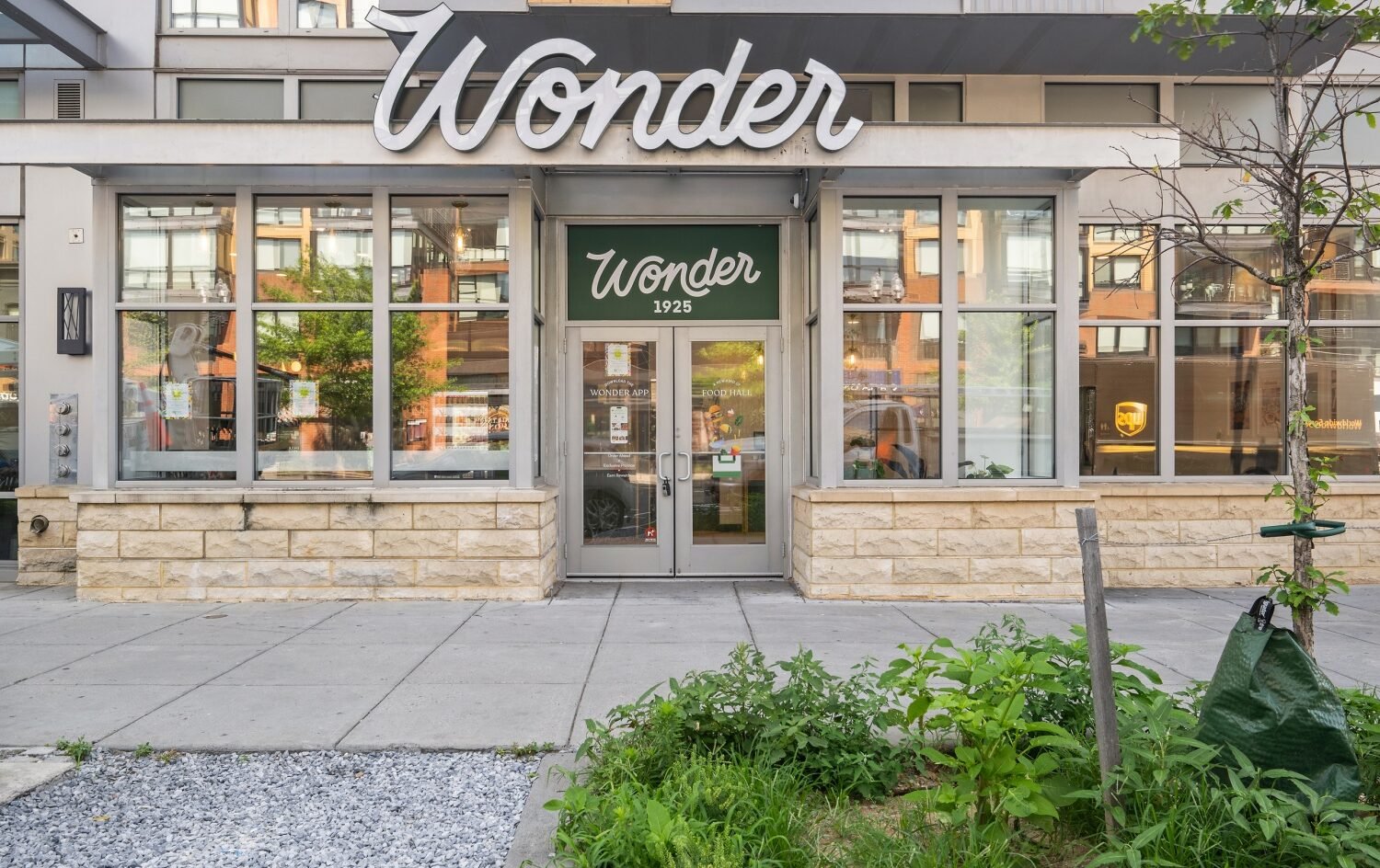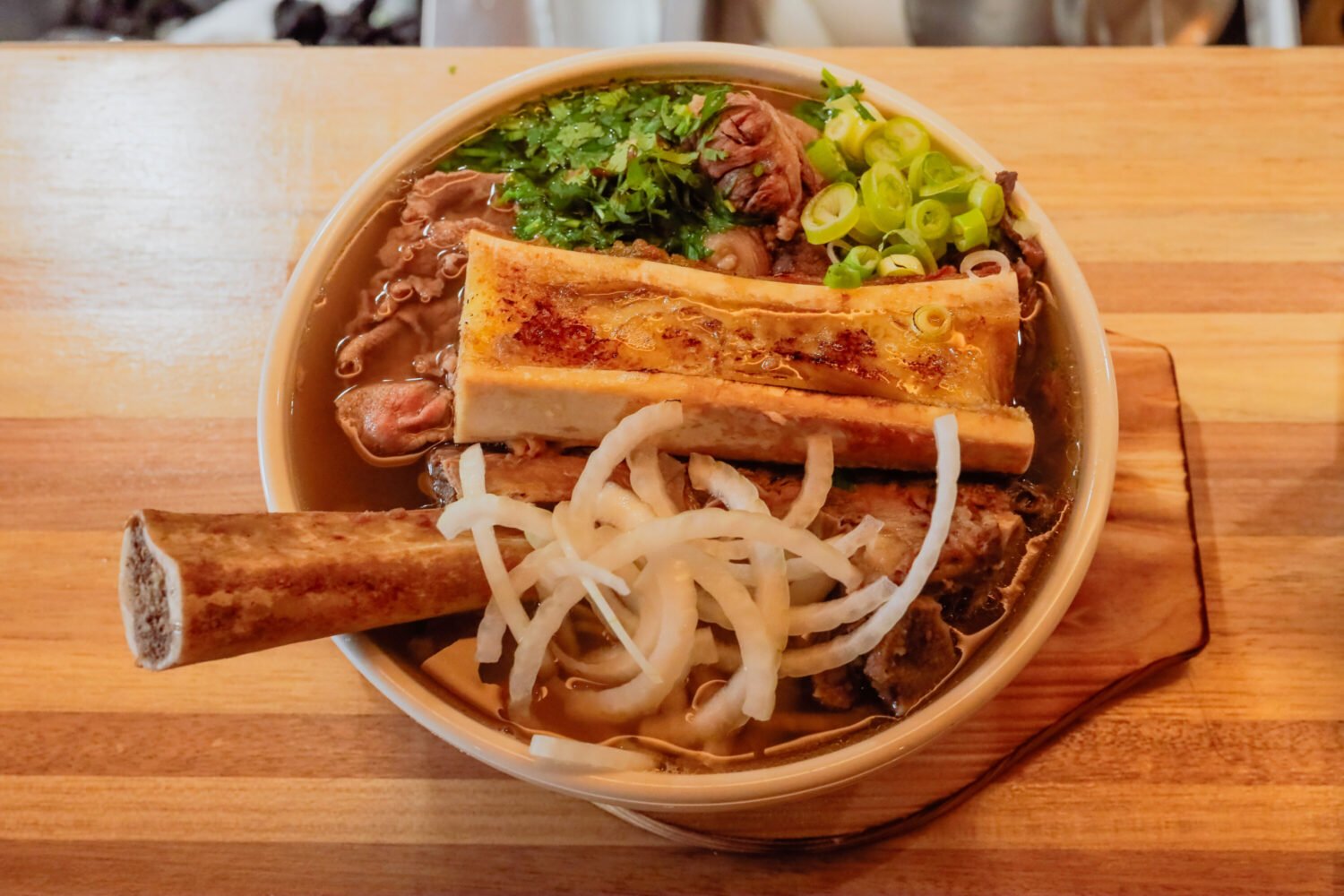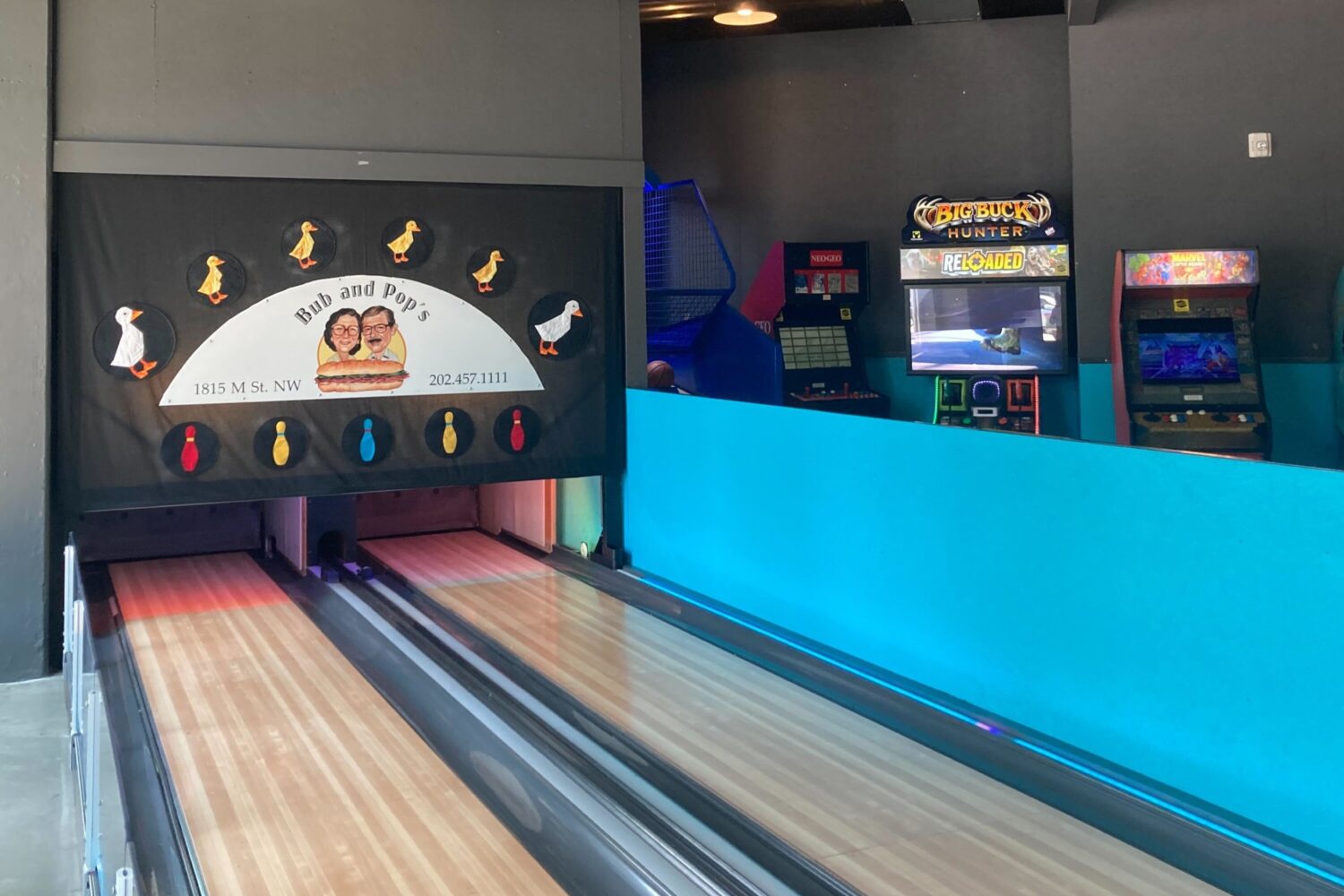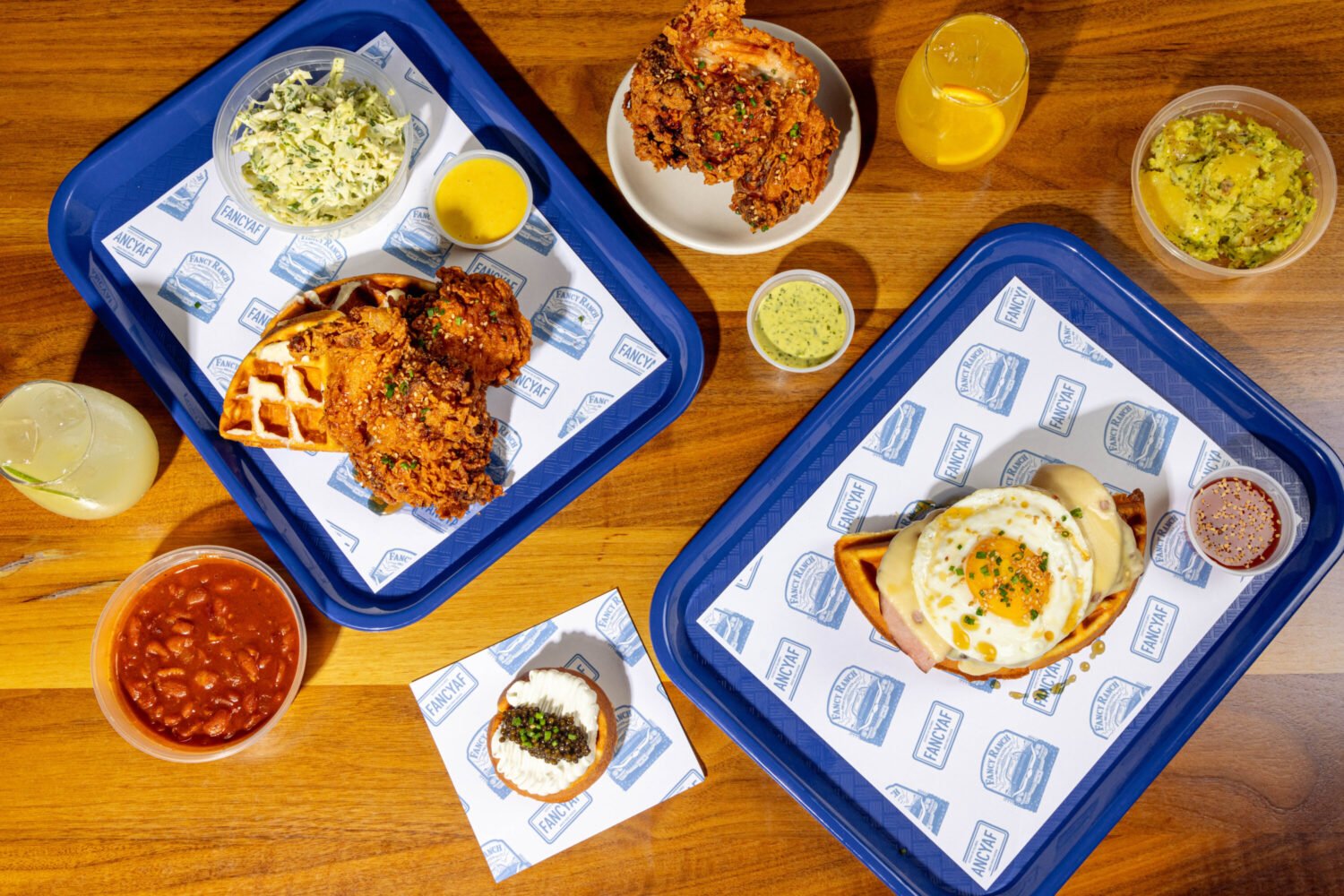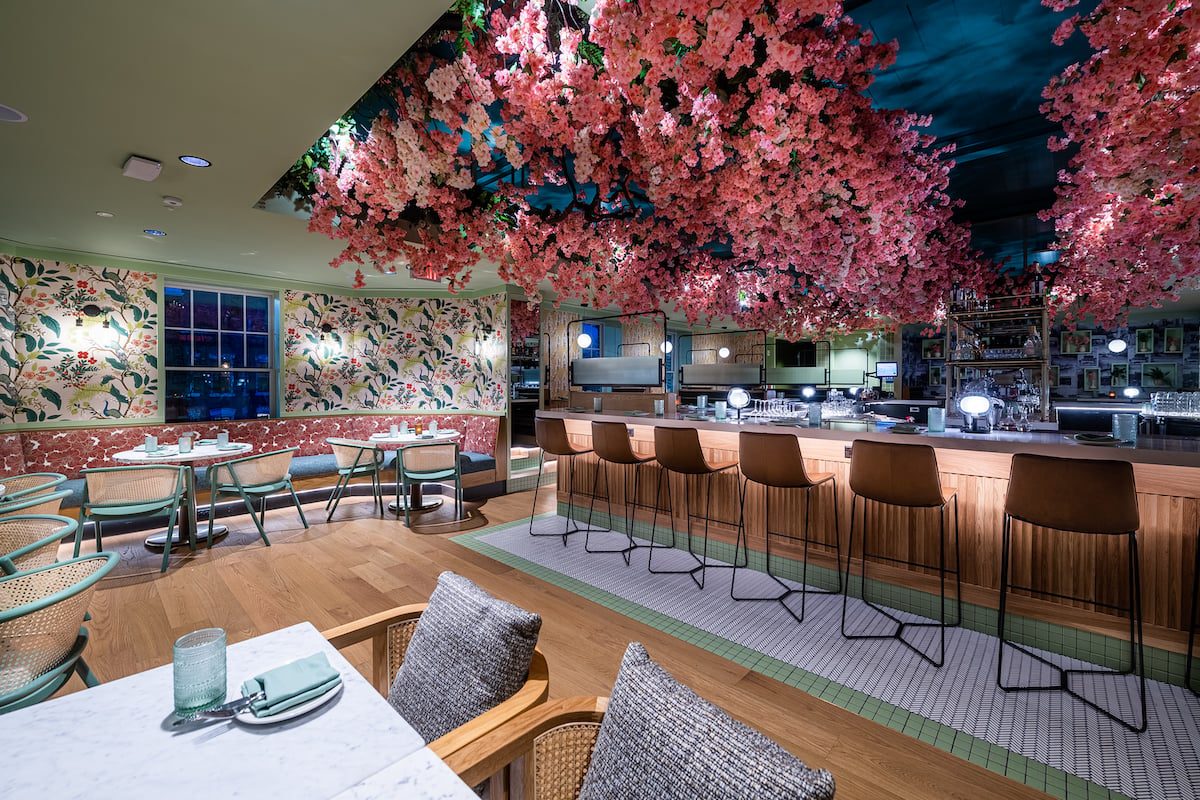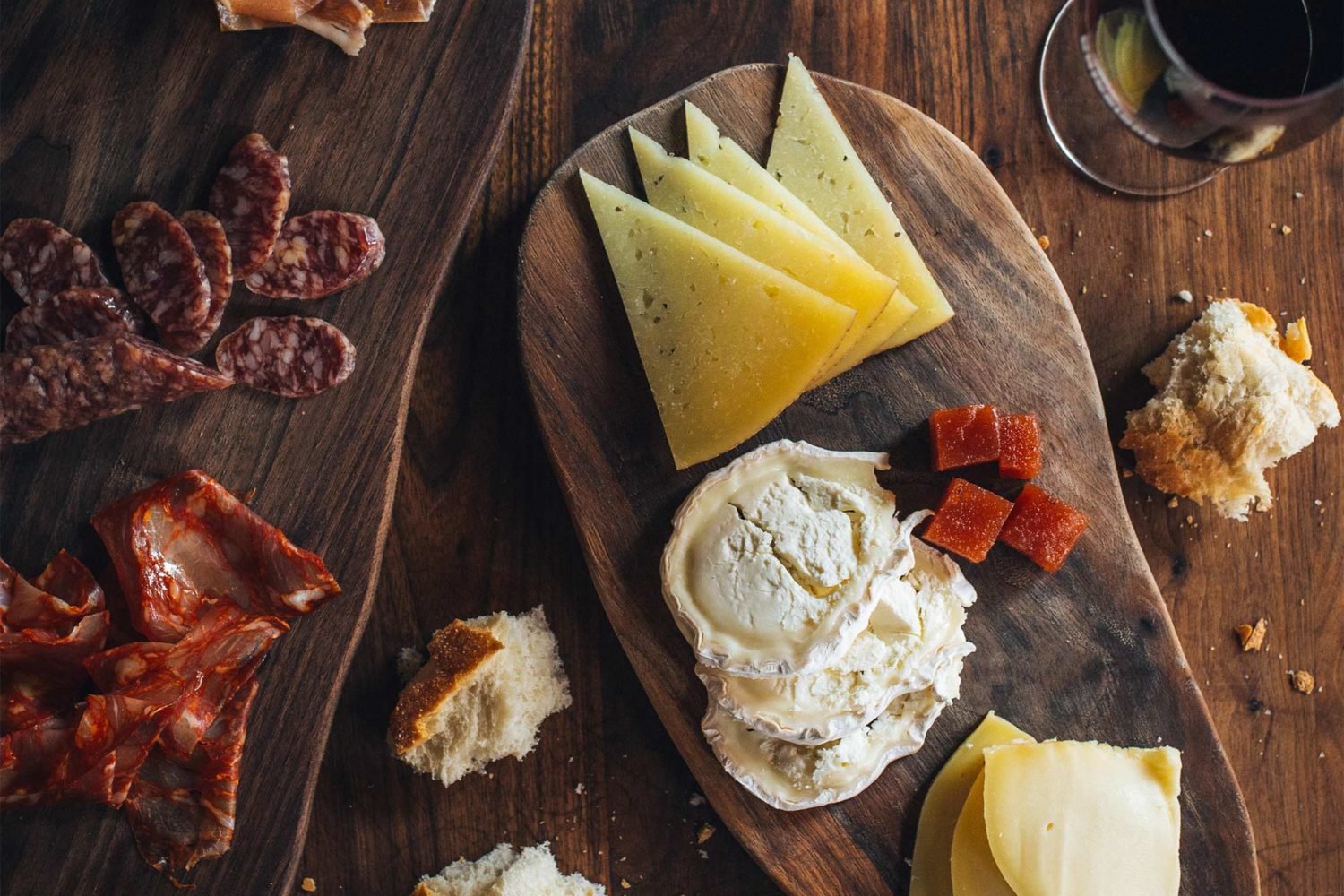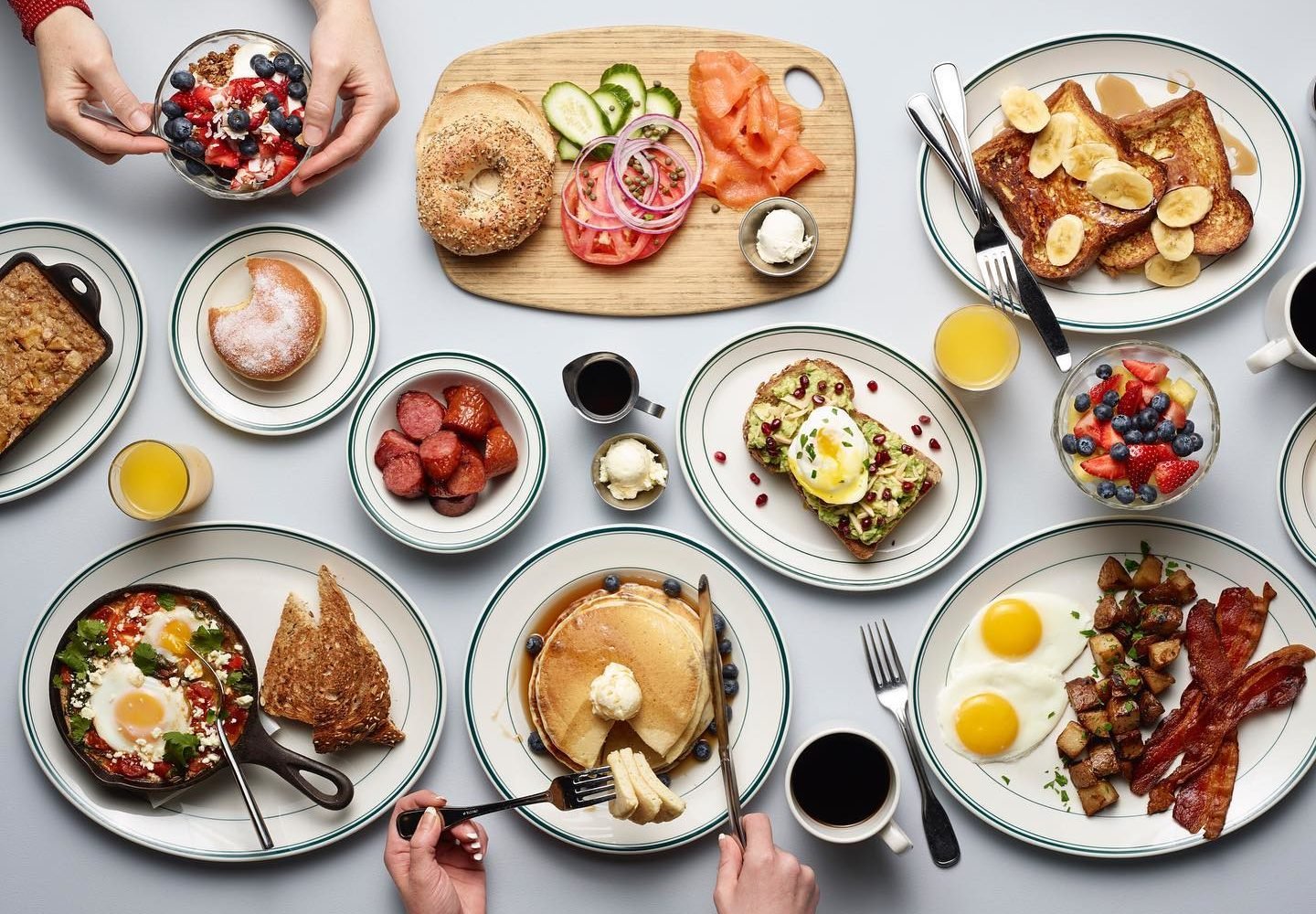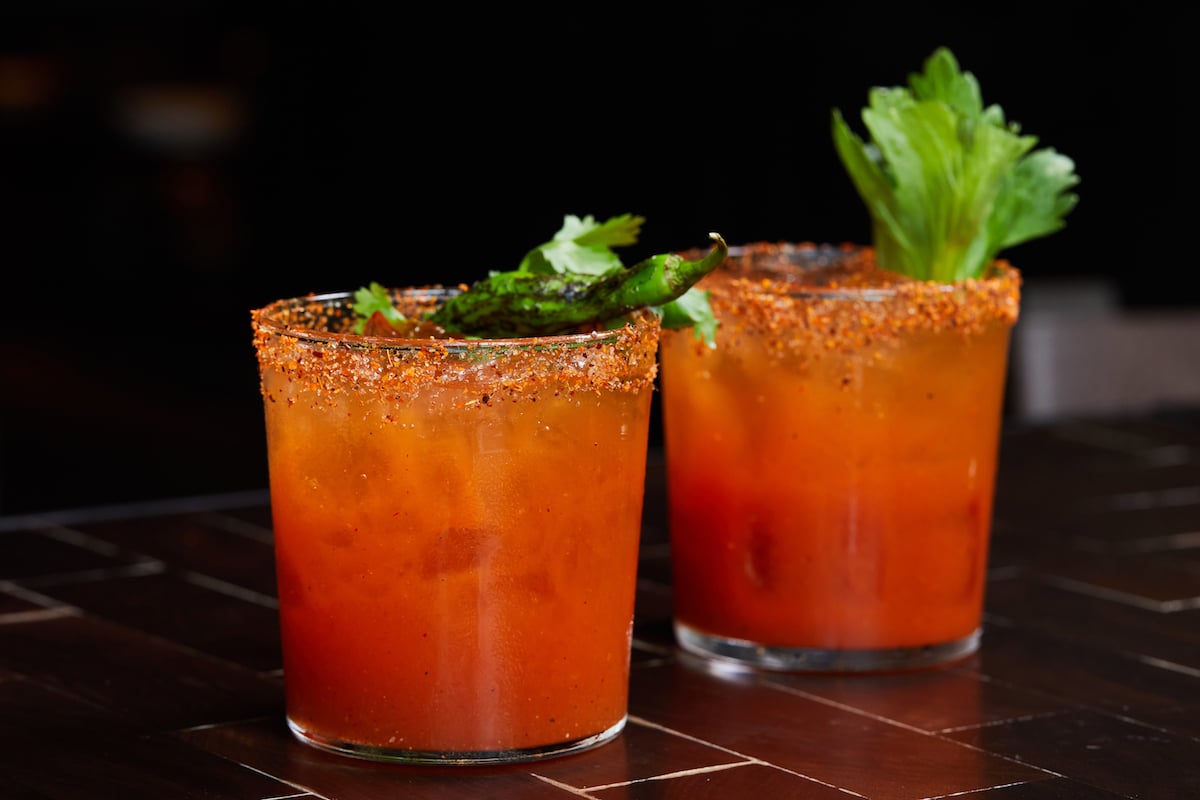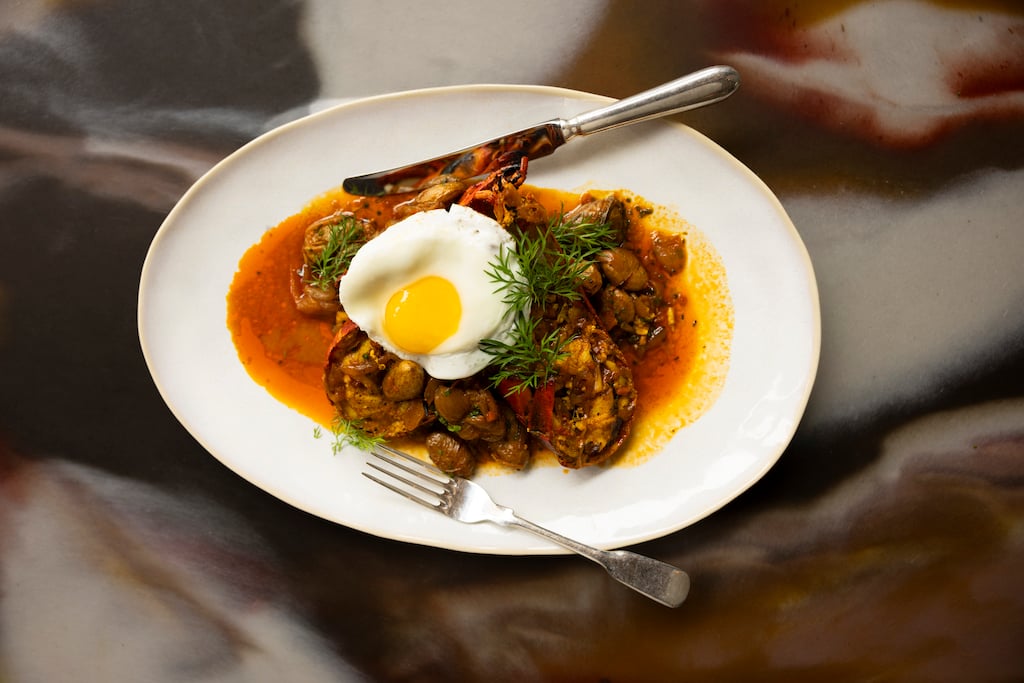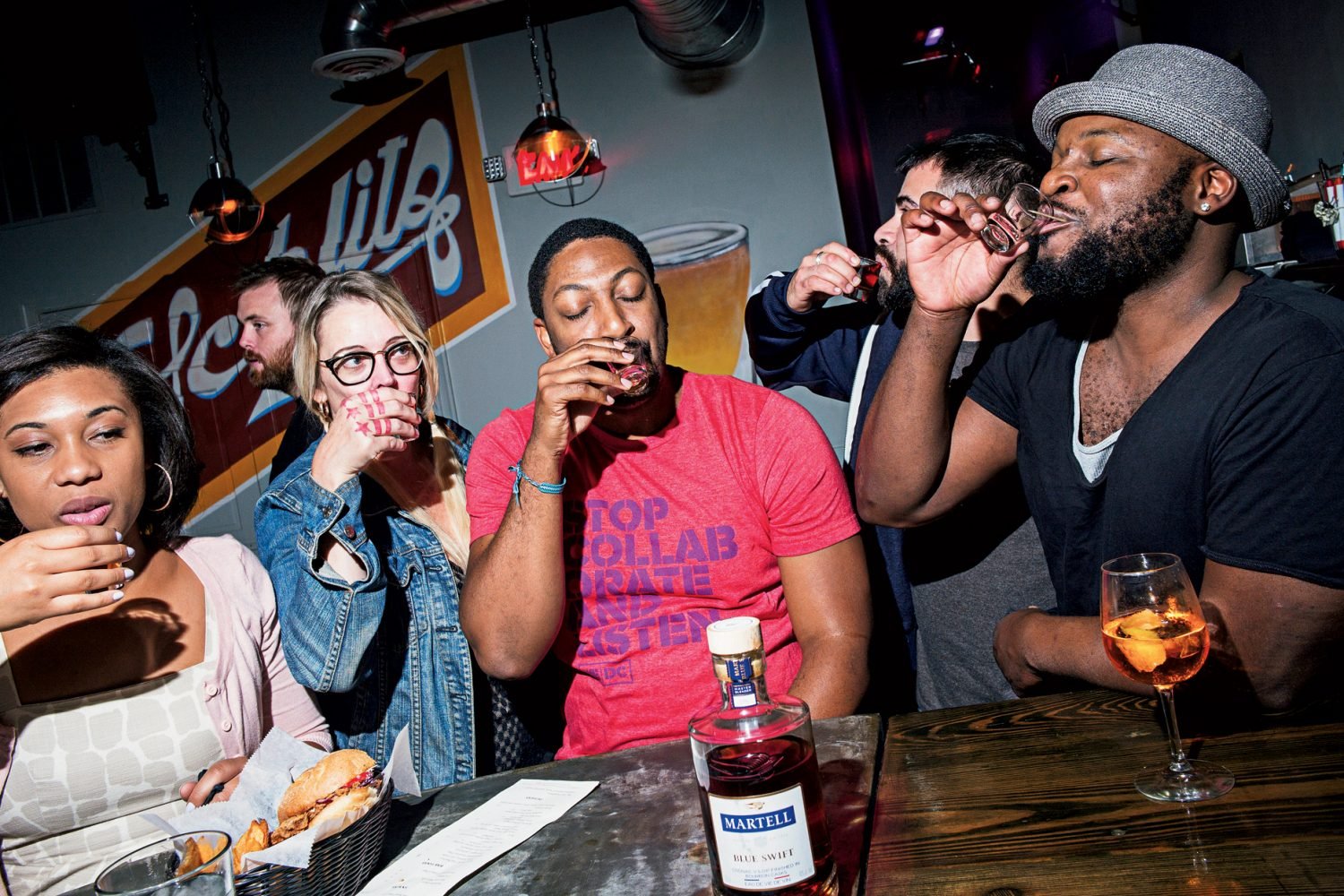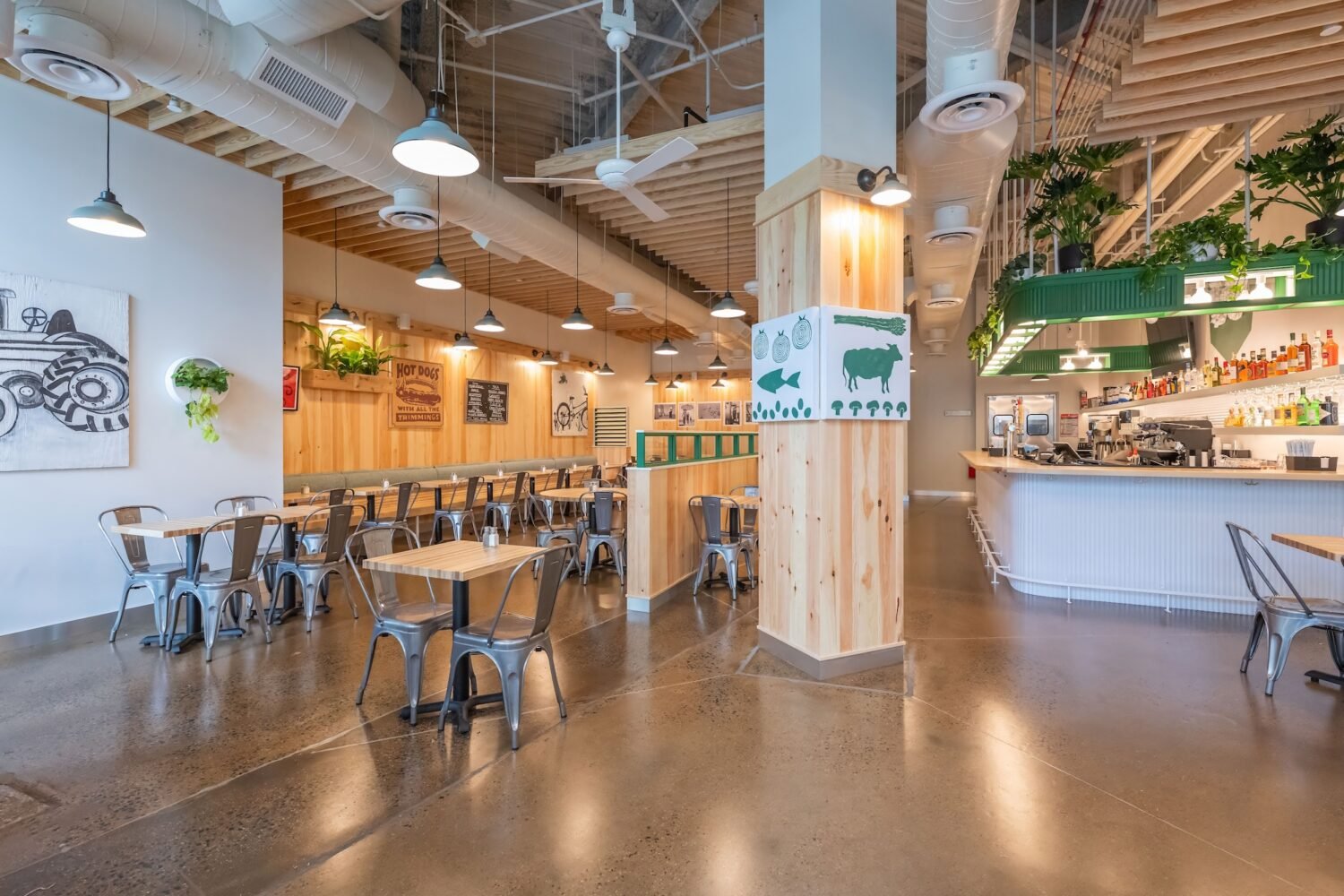All-you-can-eat dining is typically relegated to one-off meals—boozy brunches, crab feasts, or a hedonistic holiday spreads. When you think of a restaurant offering unlimited food around the clock, it’s typically a buffet chain like Golden Corral or CiCi’s Pizza. But against what seems like economic odds, Ivan Iricanin is building a reputation as Washington’s all-you-can-eat restaurateur.
The Street Guys Hospitality founder has taken the AYCE concept mainstream and upscale, offering made-to-order, limitless menus for lunch, brunch, and dinner in the $20 to $49 range at all five of his restaurant concepts: Ambar Balkan eateries in DC and Clarendon, European cafe Baba, and Mexican Buena Vida locations in Arlington and Silver Spring. The Serbia native has even brought the trend to Belgrade with two AYCE restaurants. Menus aren’t cheap, dotted with items like steak tartare, ceviche, grilled shrimp, and made-to-order guacamole. So how does he make it work?
The seed for the concept was planted when he was a partner in Richard Sandoval‘s now-shuttered Masa 14. The clubby Latin-Asian restaurant opened in 2009 and was a nighttime hotspot, but Iricanin says it floundered at brunch—to the point where they were going to cut the service. Iricanin was inspired to keep it going after a ten-course tapas brunch at José Andrés‘ long-gone Cafe Atlantico. He could only get through five plates before raising the white napkin. After tweaking that model for Masa 14—bottomless small plates and free-flowing drinks—Iricanin says brunch was booked three months in advance. Turns out diners drawn by the promise of a limitless bounty are, in fact, limited by their own appetites.
Buoyed by that success, Iricanin expanded the format to lunch and dinner when he opened Ambar’s first location on Barracks Row in 2013, and then to his subsequent restaurants. Buena Vida Clarendon briefly flirted with a la carte, partnering with a big name Mexico City chef and “slow food” proponent for the opening. But the restaurant switched to AYCE within five months.
“While the food was good — we got good reviews and everything — we also understood that people were expecting something else from us and myself,” says Iricanin.
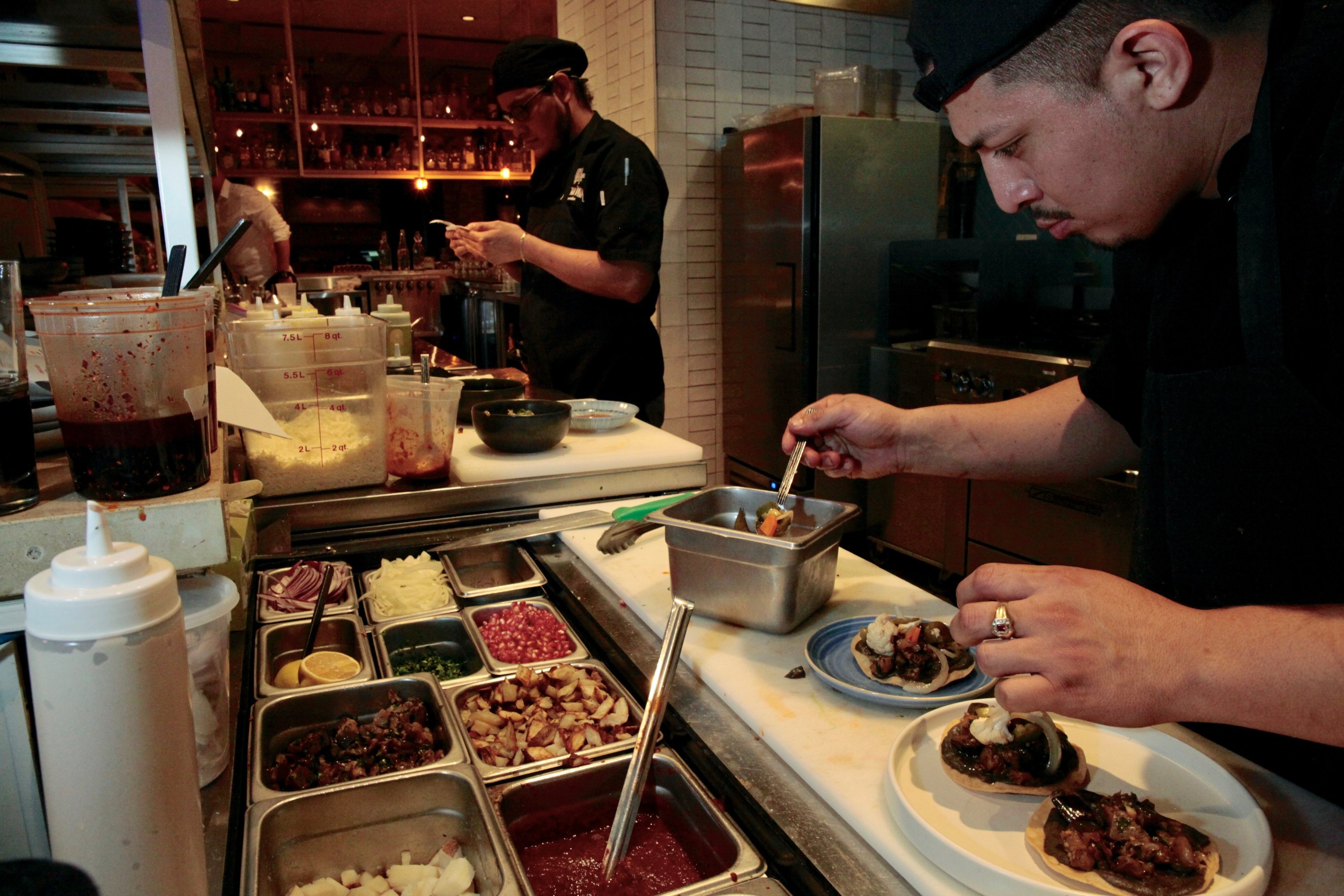
The set menus are priced to match the number of plates each guest is likely to finish. At Ambar, for example, the $34 brunch menu is based on an estimation that customers will order five to six dishes. The price drops to to $19.99 at lunch because workday diners average around four plates per person. But pulling off an all-you-can-eat offering is about more than just budgeting. It’s an organizational feat.
Buffets are typically designed to fill up patrons on the front end—think starchy dishes like rolls and pastries before you get to the shrimp cocktail. Iricanin‘s menus take some of those cues, encouraging chips and salsa or breads and dips to start. But ultimately customers can order whatever they want, whenever they want. That’s where training and waitstaff come in.
Servers are instructed to steer the ship, guiding diners through the “perfect unlimited experience” that also gels with the kitchen’s flow and the restaurant’s food costs. If a table orders too many items from a specific kitchen station (say, the grill line) the server is encouraged to “try to sell or suggest something else that in combination works, but is coming from different stations,” says Iricanin. Ultimately, though, the server isn’t going to force it. Iricanin says Ambar has a regular customer who comes in, orders ten plates of rainbow trout with spinach and baked tomatoes, and leaves. Priced at $10 on the a la carte version of the menu, that’s $100 worth of fish.
Iricanin is reorganizing his restaurants physically as well. The original Ambar on Capitol Hill is undergoing a $3 million revamp with unlimited service in mind, adding a bar on every floor to ease bottomless beverage service.
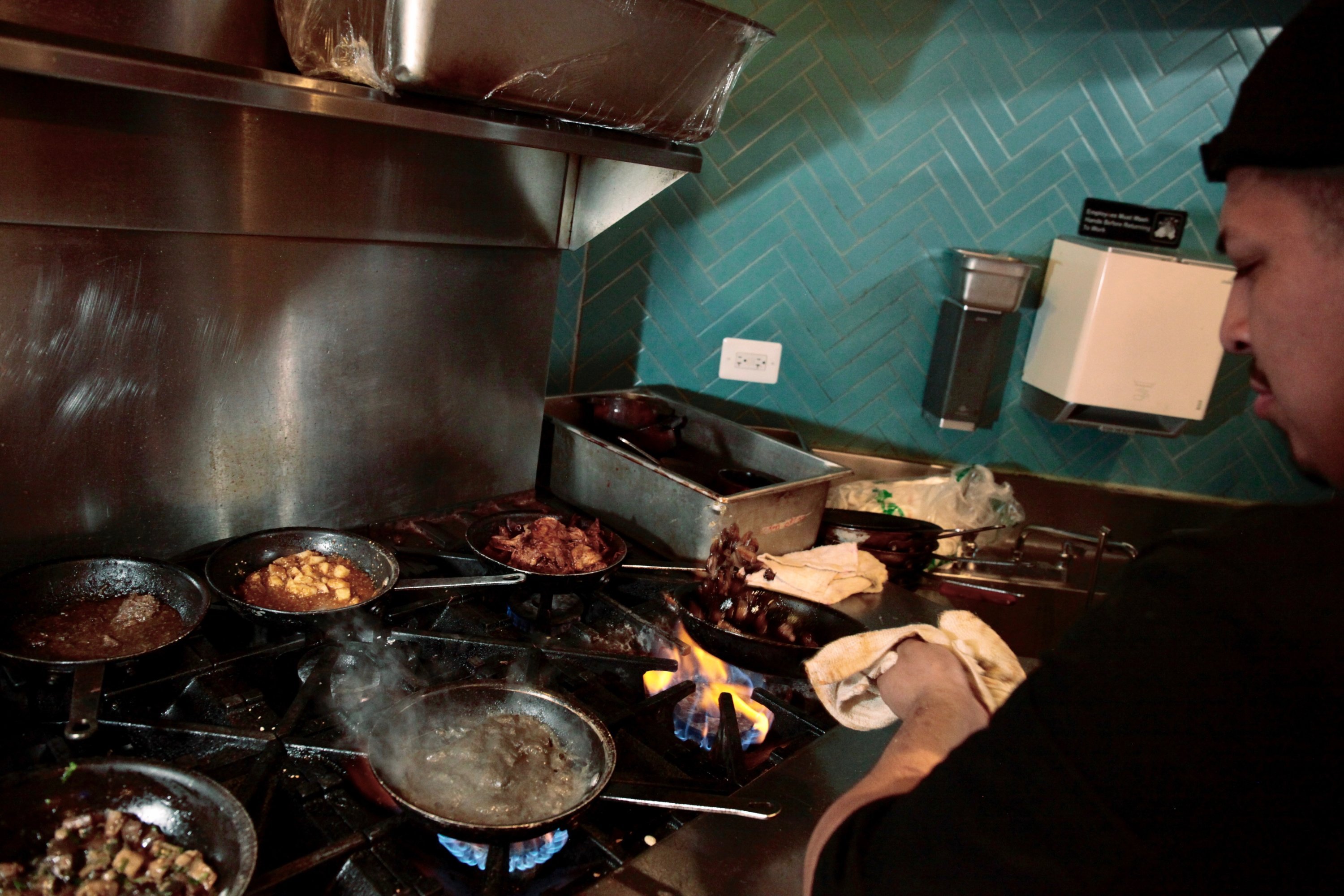
Speed is also important. Dishes are supposed to arrive every five-to-seven minutes—a pace that feels timely for all-you-can-eat diners who’re eager to get the most out of the meal, but it can also fill them up before the two hour limit is reached. The timeframe also helps turn tables, bringing in more guests to pay the meal price. As for food waste—and the costs that come with it—the restaurant has protocols too. With a la carte service, portions are typically uniform. Two diners order a meatball appetizer, they get the standard three meatballs. For Iricanin’s places, servers assess party sizes and adjust portions accordingly. That table of two will get two meatballs—and if they want more, they can always order them.
Iricanin says the format is less profitable than a la carte service. His labor cost is higher, too, because additional runners and bussers are required to carry and clear a mind boggling number of small plates: say, an average 2,000 to 2,300 at Ambar Clarendon on weekend night. Ultimately, the volume pays off.
“The more we sell, the better our people in the prep or in line are going to be. Because if they make the same item ten times and hundred times, they’re going to be more professional and make it better,” Iricanin says. “If the product is coming faster and leaves the kitchen faster, it’s going to be fresh. All these things are kind of interconnected.”
Out of the restaurant’s control: a guest’s ability to assess how much food they can actually consume. The old cliche “your eyes are bigger than your stomach” rings true here. Though hungry customers can take down a shocking amount of food. Iricanin says a couple at Ambar Clarendon recently set a dinner: 75 plates in two hours.
“And God bless them, because there was no waste,” says Iricanin.


